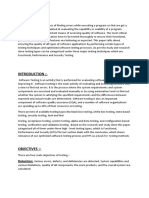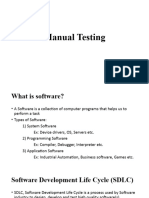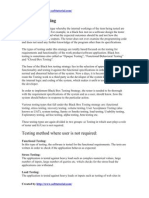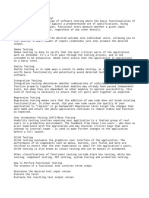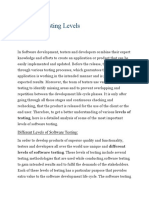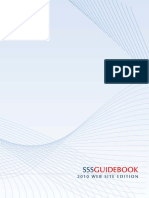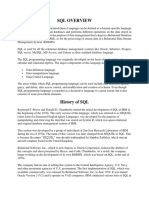0% found this document useful (0 votes)
30 views9 pagesFunctional Testing
The document outlines functional testing, a software testing type that verifies application functionality against requirements. It details the testing process, types of functional testing (such as unit, smoke, and regression testing), and tools used for execution. Additionally, it discusses the advantages and disadvantages of functional testing, emphasizing its role in ensuring software quality and user satisfaction.
Uploaded by
Koti ReddyCopyright
© © All Rights Reserved
We take content rights seriously. If you suspect this is your content, claim it here.
Available Formats
Download as DOCX, PDF, TXT or read online on Scribd
0% found this document useful (0 votes)
30 views9 pagesFunctional Testing
The document outlines functional testing, a software testing type that verifies application functionality against requirements. It details the testing process, types of functional testing (such as unit, smoke, and regression testing), and tools used for execution. Additionally, it discusses the advantages and disadvantages of functional testing, emphasizing its role in ensuring software quality and user satisfaction.
Uploaded by
Koti ReddyCopyright
© © All Rights Reserved
We take content rights seriously. If you suspect this is your content, claim it here.
Available Formats
Download as DOCX, PDF, TXT or read online on Scribd
/ 9
















